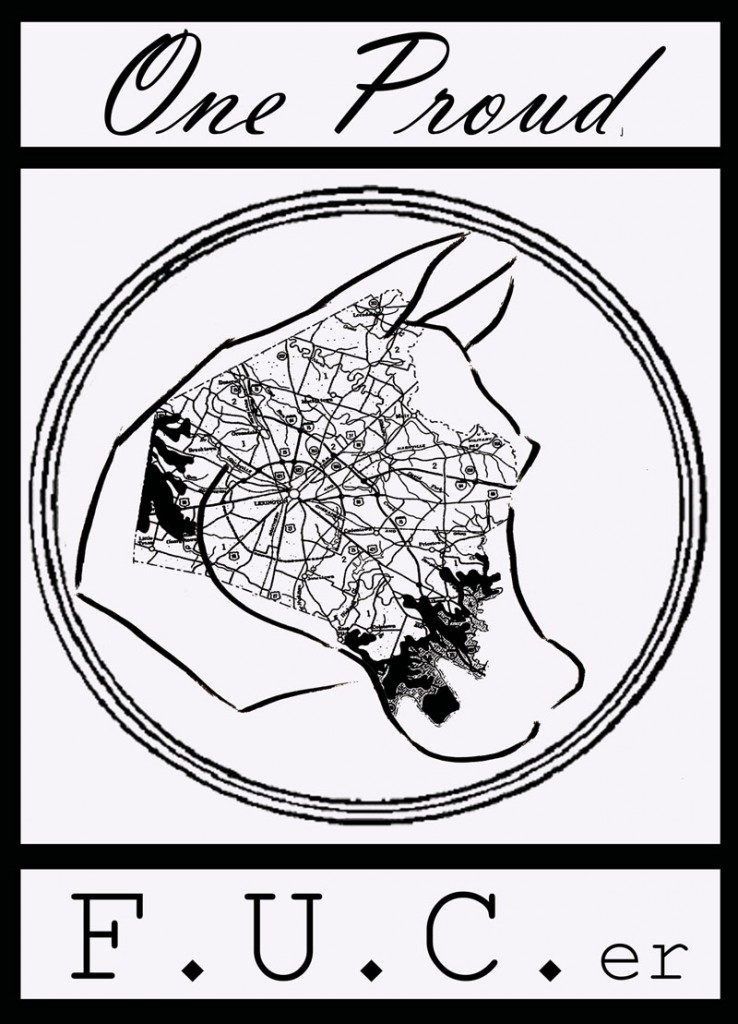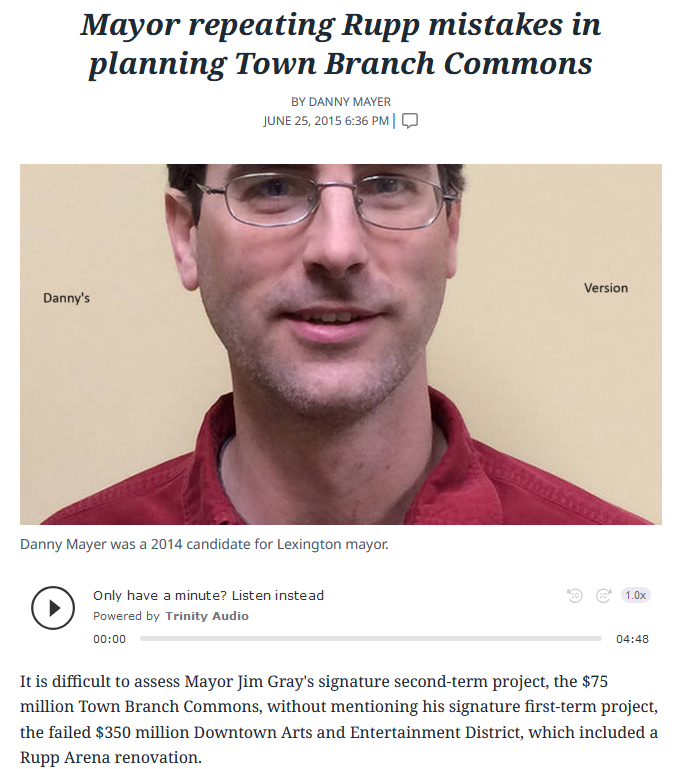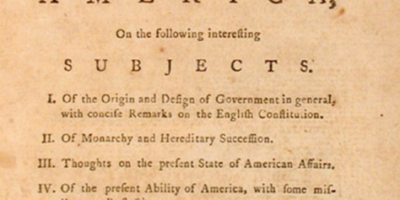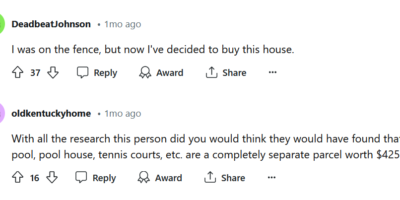In doing some background research on my last piece, “Failed leaders should not be leading new city initiatives,” I stumbled across what might be the only editorial I ever composed for the Herald Leader. From the summer of 2015, it all but predicts the parks-upkeep issues subsequently raised by the Parks Sustainable Funding group (to much, much, much, much fanfare) in…2024. You’ve heard that ol’ saw about wanting to be in Kentucky at the end of the world because everything happens here 10 years late. Seems to apply here.
I am re-publishing the editorial below as it is also a pretty direct criticism of the “downtown-first” ideas pushed on us by the Make Lexington Great Again (MaLGA) sect, an ostensibly non-partisan uniparty that has culturally and politically dominated the city over the previous quarter century. There were other civic ideas presented by other groups of citizens who held other ideas for how best to engage their city, work that did not require large down payments of city capital to first go to a small cluster of comically expensive boring downtown projects.

But those ideas were ignored by the same careless group of MaLGA leaders now begging the city, hat in hand, for a new tax to help them pay for their next set of grand ideas (but not the upkeep for their grand ideas, which you’ll have to pay for separately through your general fund taxes. Note below the MaLGA cost projection for annual maintenance of the TB Commons).
I should return to this theme in a future piece. There are good reasons why Lexington gets a 10-years-late-and-still-dull reputation, despite the city’s supposed openness to difference and credentialed celebration of intellect and creativity.
In the meantime, I don’t think I can steal an editorial that I authored. I’ve re-titled it with a nod to one of my daughter’s favorite female pop stars, and changed an odd word here and there. Here too is a link to the original article.
***
It is difficult to assess Mayor Jim Gray’s signature second-term project, the $75 million Town Branch Commons, without mentioning his signature first-term project, the failed $350 million Downtown Arts and Entertainment District, which included a Rupp Arena renovation. That first-term project suffered from a number of management issues, including:
- An anti-democratic decision-making process that universalized the views of the city’s connected class (University of Kentucky athletic directors, bank presidents, urban developers, imaginary global tourists).
- A misunderstanding of urban and community vitality, exemplified by a preference for publicly funded “world class” projects whose cost and complexity place other worthy local projects on hold for a half-decade or more.
- A willingness to divert public money for other city services into one single, massively expensive project.
The Town Branch Commons, an urban linear park to run along the route of the city’s Town Branch waters, is certainly a better-conceived urban project. But it already suffers from the same leadership and management issues.
Like the Rupp project, the TB Commons was approved with the smallest sliver of public input — a five-person juried panel — and without full consideration of public cost.
Like Rupp, the TB Commons betrays a serious lack of ideas for making the rest of our county livable. Consider that as Gray promotes his urban park — $10 million of it provided thus far by local funds — his budget simultaneously pays a consultant a mere $250,000 to generate a master plan for the rest of Fayette’s parks.
Like Rupp, the TB Commons diverts funds from vital community services to provide crucial operating capital. Consider the $13 million federal TIGER grant, which accounts for the only other committed source of funding. The grant requires that LexTran, currently mulling route closures and increased fares, devote $1 million — 5 percent of its $24 million 2015 budget — to help provide matching funds. The grant’s other co-applicants, the University of Kentucky, with a $3.4 billion annual budget, and the Lexington Center (ie, Rupp Arena, where UK basketball plays), contribute no up-front capital even though the project stands to benefit them significantly more.
To ensure better management of this project, revisions should include:
Shared funding: The proposed cost should be split, with half going to development of other county watershed trails, which offer residents immediate access to live-work-play zones.
Imagine a Hickman watershed trail that connects existing parks from the Tates Creek Ramseys to Veterans Park, terminating in Jessamine County at the Brannon Crossing shops. Imagine a Wolf Run trail that takes Harrodsburg Road residents through the Hispanic commercial district along Oxford Circle, then to Cardinal Valley’s treasure Preston’s Cave Spring park.
Fair management: The TB Commons calls itself a park, but its funding structure — a $20 million endowment to cover a projected $500,000 to $1 million in annual operating costs — effectively divorces the urban park from the park system. Those operating costs also should aid development and upkeep of all live-work-play trails.
Cost accounting: The TB Commons feasibility study provided opaque and confusing cost-projections for each of the project’s four phases. To cite one example, the Rupp area costs, presented in 2013 as $10 million landscaping costs, have amazingly been reduced in 2014 to $1.4 million, which is 12 percent of the $12 million cost to connect already-existing parks along Midland Avenue.
What are the infrastructure and operation costs for connecting parks in the East End relative to those for installing and maintaining fake waterfalls nearby Rupp Arena? Or for blowing up bike-friendly viaduct crossings along Martin Luther King, Jr. Boulevard and Jefferson Street?
More than aesthetic renderings, these financial details will help inform citizen input regarding viability and correct ordering of the project.
Value “local class”: Projects defined as world-class tend to cost more, disproportionately benefit the already-connected, and restrict residents from effective participation.

As a city, we must ask: Does a $75 million urban commons bring more community value than the $35,000 mountain bike trail at Veteran’s Park or the $300,000 in bike-lane construction underway along the commercial corridor of Southland Drive?
By devaluing such projects, city leaders diminish citizen investment, promote community disharmony and create disinvested — less livable — areas throughout town. Contact your council members to ensure our “commons” does not contribute to those world-class disparities.
***
I have been covering Shatty Town misleadership for 15 years as the editor of the free publication, North of Center. Help me keep doing the work to inform you by signing up for a free or paid subscription to Shatty Town!, our pre-print publication on SubStack. A monthly subscription costs about as much as a single cup of coffee from North Limestone Donuts. On Shatty Town!, you’ll receive pre-print draft articles of forthcoming North of Center publications. Contribute with comments and help improve the pre-print, or pitch me an article idea that you’d like to contribute.





Leave a Reply